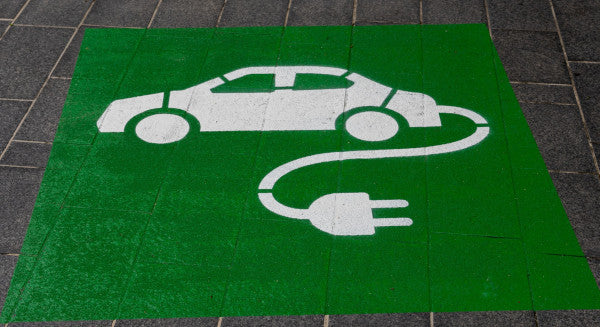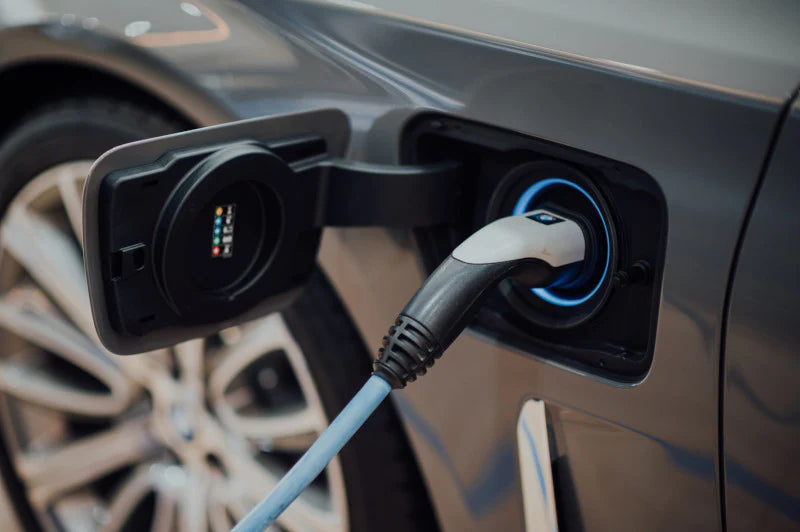As an electric vehicle (EV) owner, home charging is not only convenient but can also save you time and money. If you're new to the world of EVs or just want a refresher on how to set up your home charging station, you've come to the right place! In this comprehensive guide, we'll cover everything you need to know. From the equipment, installation, and charging options, to the best practices, helping you to get the most out of your home charging experience.
Power Up: Equipment and Installation for Home EV Charging
To get started with home EV charging, you'll need the right equipment and proper installation. Here's what you need to know:
Charging Equipment: You'll require an EV charging cable and a charging station or wall connector compatible with your vehicle. Make sure to choose a reputable UK manufacturer, like EV Cables, for quality products and support.
Electrician Services: Hiring a licensed electrician to install your charging station is crucial to ensure safety and compliance with UK electrical regulations.
Permits and Inspections: Depending on your location in the UK, you may need to obtain permits and schedule inspections for your charging station installation.
Off-Road Parking: Ideally you’ll need a driveway or garage to park in with a power supply. You may be able to charge up while parked on the street outside your house, but you will need a pavement cover to protect your charging cable and avoid any accidents. However, some local authorities may not allow this.
Choose Your Charge: Charging Options for Home Use in the UK
There are two primary charging options for home use: Level 1 and Level 2 charging. Here's a breakdown of each:
Level 1 Charging: Domestic Plug Sockets
This option utilises a standard 230-volt UK household socket and requires no additional equipment. While convenient, Level 1 charging is relatively slow, providing about 3-5 miles of range per hour of charging.
Level 2 Charging: Wallbox Charger
A wallbox charger is simply a charging box that is installed onto the wall of your house. Connected to your house’s electric supply, a wallbox charger makes it quick and easy for you to park up, plug in, and charge up. But not all wallbox chargers are made the same. Providing different wattage levels, single-phase wallboxes provide 2.4kW to 7.4kW, whereas three-phase wallboxes provide 11kW to 22kW. This has a big impact on your EVs charging speeds.
The initial cost of buying and installing a wallbox is more expensive than using a domestic plug socket. However, wallbox grants are available from the government to help make them more affordable. To be eligible for this grant, you must be a homeowner living in a flat or apartment with off-street parking, be living in a rented property, or be a small business owner.
As well as wallboxes having different wattage compatibilities, some wallboxes are available as smart chargers. This means that your wallbox is able to connect to a variety of smartphone apps using w-fi. As a result, you have the ability to remotely control your EVs charging schedule, as well as setting limits for charging times and battery levels.
A final important thing to mention about wallbox chargers is that they can either use tethered or untethered cables. If your wallbox uses a tethered cable, your charging cable will be permanently attached to your charging box. This provides more protection against cable theft and is easier to use if your EV(s) use the same connector type. On the other hand, a wallbox that uses an untethered cable can be useful if you regularly charge EVs with different connector types or you like to be able to disconnect and bring your charging cable with you on the road.
Home Charging Harmony: Best Practices for Charging Your EV at Home
To ensure efficient and safe home charging, follow these best practices:
Charge During Off-Peak Hours: Charging your EV during off-peak hours (usually overnight) can help you save on electricity costs and reduce the strain on the electrical grid.
Schedule Your Charging: Many EVs and charging stations allow you to schedule your charging sessions, so you can set it to charge overnight or during off-peak hours. Check your owner’s manual to see if you can set a timer within your EV or download an app to set charging times.
Perform Routine Maintenance: Regularly inspect and clean your charging equipment, including the charging cable. This will help to maintain optimal performance and safety. It’s important to note that your cable connectors are fragile and a specialist should be contacted if they need cleaning to avoid causing any damage.
Use the Right Length Cable: It’s important to use the right length cable to avoid causing any damage to your EV, charging cable, and power source. Your cable shouldn’t have any tension or be taut. Instead, it should have enough slack to loosely rest along the floor between your EV and charging unit. If needed, park closer to your charging unit or buy a longer cable. Longer cables reaching up to 50m are available at EV Cables.
Keep Your Charging Area Clean: Ensure the area around your charging station is free of debris and clutter, and avoid using extension cords or power strips. Storage bags, cable reels, and cable tidies are available to keep your charging cables safe, damage-free, and organised.
Be Mindful of Weather Conditions: Extreme temperatures can impact your charging speed and efficiency, so follow your vehicle manufacturer's guidelines for charging in various weather conditions.
Conclusion
Setting up and using a home charging station for your EV can be a convenient and cost-effective solution, allowing you to power up your vehicle in the comfort of your own driveway. By understanding the equipment, installation process, and charging options within the UK, as well as following best practices, you can make the most of your home charging experience.
Ready to set up your home EV charging station? Look no further than EV Cables for all your charging needs, including high-quality cables and accessories. Shop now and enjoy the convenience of charging your EV at home!





Commenta
Nota che i commenti devono essere approvati prima di essere pubblicati.
Questo sito è protetto da hCaptcha e applica le Norme sulla privacy e i Termini di servizio di hCaptcha.